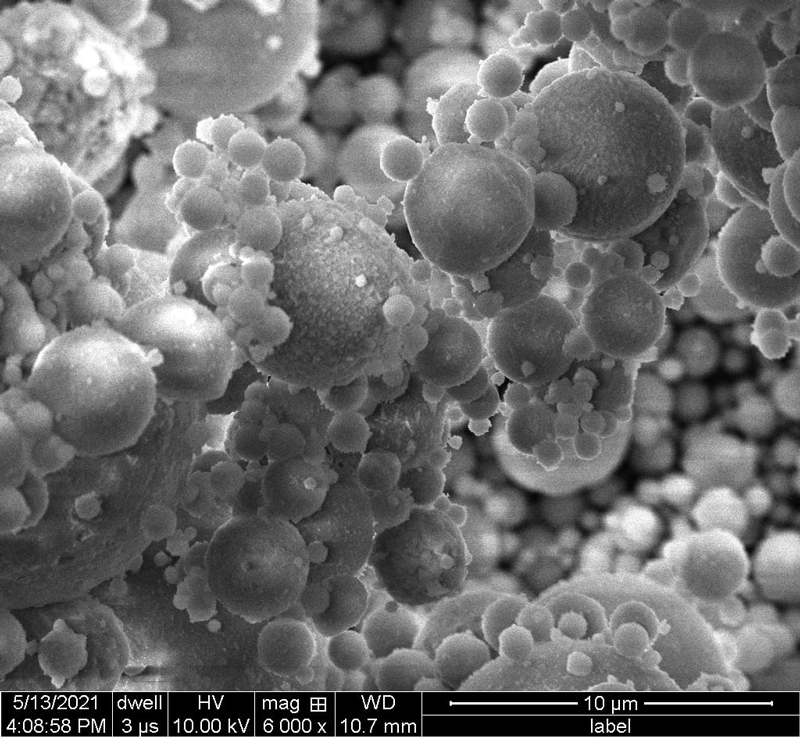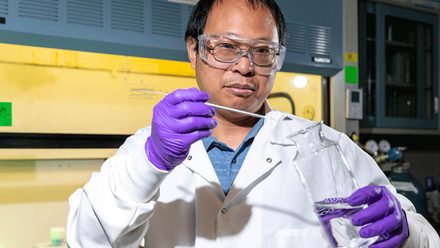Rare earth elements await in waste
A flash Joule heating developed at the Rice University, USA, could extract valuable rare earth elements (REE) from fly ash, bauxite residue, electronic waste.

Chemist James Tour at the University reports they have successfully extracted REEs from waste at yields high enough to resolve issues for manufacturers while boosting their profits.
The lab’s flash Joule heating process, introduced several years ago to produce graphene from any solid carbon source, has now been applied to three sources of rare earth elements – coal fly ash, bauxite residue and electronic waste – to recover rare earth metals, which have magnetic and electronic properties critical to modern electronics and green technologies.
‘The U.S. used to mine rare earth elements, but you get a lot of radioactive elements as well,’ Tour says. ‘You’re not allowed to reinject the water, and it has to be disposed of, which is expensive and problematic. On the day the U.S. did away with all rare earth mining, the foreign sources raised their price tenfold.’
So there’s plenty of incentive to recycle what’s been mined already, he explains. Much of that is piled up or buried in fly ash, the by-product of coal-fired power plants. ‘We have mountains of it,’ he says. ‘The residue of burning coal is silicon, aluminium, iron and calcium oxides that form glass around the trace elements, making them very hard to extract.’ Bauxite residue, sometimes called red mud, is the toxic by-product of aluminium production, while electronic waste is from outdated devices like computers and smart phones.
While industrial extraction from these wastes commonly involves leaching with strong acid, a time-consuming, non-green process, the Rice lab heats fly ash and other materials (combined with carbon black to enhance conductivity) to about 3,000C in a second. The process turns the waste into highly soluble ‘activated REE species.’
Tour says treating fly ash by flash Joule heating ‘breaks the glass that encases these elements and converts REE phosphates to metal oxides that dissolve much more easily.’ Industrial processes use a 15-molar concentration of nitric acid to extract the materials; the Rice process uses a much milder 0.1-molar concentration of hydrochloric acid that still yields more product.
In tests, the researchers found flash Joule heating coal fly ash (CFA) more than doubled the yield of most of the rare earth elements using very mild acid compared to leaching untreated CFA in strong acids.
The generality of the process makes it especially promising as millions of tons of bauxite residue and electronic waste are also produced every year.
‘The Department of Energy has determined this is a critical need that has to be resolved,’ Tour explains. ‘Our process tells the country that we’re no longer dependent on environmentally detrimental mining or foreign sources for rare earth elements.’


